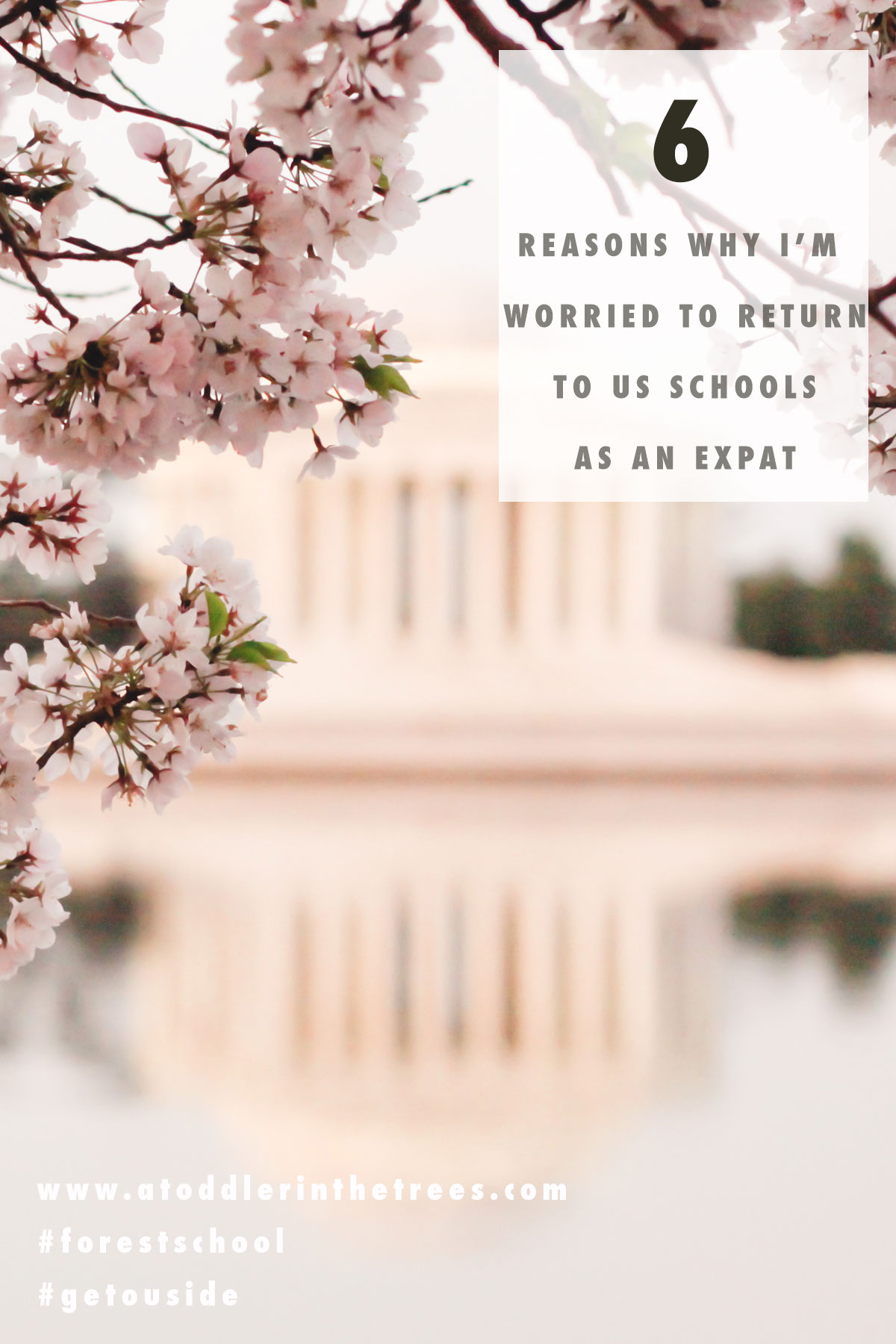I felt guilty when I bought the iPad. For about five minutes. The truth is, I had mulled over this decision for so long that I had come to peace with it by the time I arrived at the store. On one hand, I didn’t want the technology that could distract her, suction her into graphics and dings and animations to be hers and hers to own. But on the other, I also felt that I could trust her with it. I wanted to trust – and to test – that two years of spending eight hours plus a day outside would have given my daughter the foundation to know that there is more to life than just what’s on a screen. Plus, selfishly, the truth was that I had a nine-hour transatlantic flight with two children on my own coming up the next week, and three more flights just like it later that month. It was time for the big guns, and I knew I had to have every tool in my arsenal. I’m idealistic enough to believe a screen shouldn’t be a baby-sitter, but also realistic enough to know the limits of my own sanity.  My daughter has owned her own iPad for about a year now, and I have to confess, I don’t regret it. I thought I might. I was worried that this was the first step into the technology abyss, and we’d lose her forever. But it’s not turned out to be the case. Her iPad is her pride and joy, a special treat for special occasions, like flights and at the occasional weekend outing. It fills in as a babysitter occasionally, but more often than not, it is actually her camera, her typewriter, and her “telephone”, a direct line to her father in Iraq.
My daughter has owned her own iPad for about a year now, and I have to confess, I don’t regret it. I thought I might. I was worried that this was the first step into the technology abyss, and we’d lose her forever. But it’s not turned out to be the case. Her iPad is her pride and joy, a special treat for special occasions, like flights and at the occasional weekend outing. It fills in as a babysitter occasionally, but more often than not, it is actually her camera, her typewriter, and her “telephone”, a direct line to her father in Iraq.
Of course she has apps, and as much as I might have doubted it in the beginning, they do teach her something. Knowing the letters of the alphabet? I’m pretty sure we can thank Originator’s Endless Alphabet for that. Knowing what precipitation is? That would be MarcoPolo’s Weather. Knowing the four chambers of the heart? Cheers to TinyBop’s Human Body for that one. And WildKratt’s Creature Math and Gazilli Math can keep her occupied through nearly an entire flight, when she’s not reading along to Winnie-the-Pooh that is.
That’s just it, there is, in fact, so much it can do – and much of it doesn’t have anything to do with the mindless games I assumed it would be for. If you choose your apps wisely, you can really open up a child’s world to the things that they are already naturally interested in knowing and learning which complements what’s already in their world. But as much as it can be a tool, it can also be a trap.
There are plenty of articles saying that tech leaders don’t give their kids technology (I don’t know if I believe that entirely), or that screen time makes kids moody or cranky (it does, I can see it when we’re over the limits). And there are articles advocating that if children don’t use technology like iPads, they will be left behind. They won’t. I can assure you, after watching first hand, it take a child approximately five minutes to figure out how to use what they need, how they need it on these things. It’s native and intuitive to them in a way that it will never be for me. So while my own child has an iPad, I don’t support schools using them full-time as a teaching device. It’s a complement for learning but not a substitute for one. It works best when it’s one of many avenues for learning, not the main highway.
With the iPad, we’ve certainly had to put rules in place. It doesn’t come out every day – it’s used more for long flights and trips, and the occasional rainy weekend. The iPad lives in my room, never hers. There are time limits, there are consequences for not listening, and all that good stuff we have to do as parents. It doesn’t come on car trips or on day trips, unless she makes the case to use it as her camera. Perhaps that has been the most surprising thing about the iPad is that in the end, while she loves the games and apps, it’s really the camera and the ability to document her memories that seems to really strike her. It’s the opportunity to go to the camera roll and pull up a picture of an outing or time with family and say, “Remember this? I do!”. She loves to hear and tell stories; often a single photo is the prompt she needs to get her going for the next hour or two. This is her scrapbook, her modern “dear diary” of her transient, third culture life, pieced together from all of our adventures as a family, big and small.
As a parent, the most important lesson that I can teach her about technologies like an iPad though is not how to use it. That she can teach me. What she needs from me is to know when to stop using it…when to turn it off…when to put it down…when to pay attention to the life that is before you. That’s not necessarily something you teach just once. That’s something you reinforce time and time again. Just as both I and the forest school reinforce the importance of time outside, of nature, and learning with all your senses…again and again and again, every day. Because the things that we reinforce on a regular basis end up being lifetime skills – not a single lesson learned in passing, but an influence that sets the tone for a life well-lived.
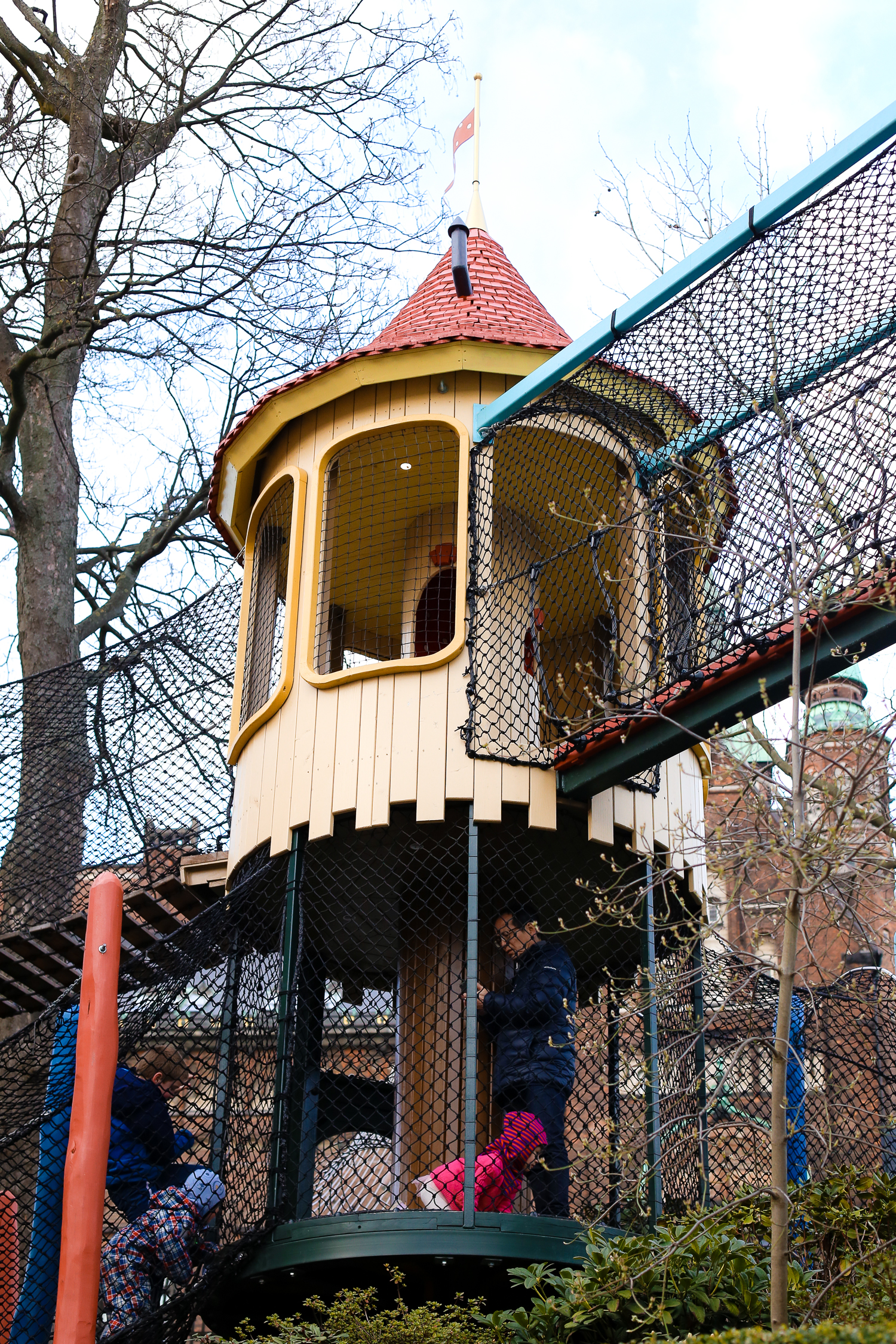 It might seem a little counterintuitive to have a playground in an amusement park but on the contrary, as a parent now I have to say it couldn’t be more perfect. When we arrive we go through the initial excitement of crossing the gates, our daughter makes her way to her favorite rides to make the rounds, and then we might stop for a snack or lunch. Inevitably, I get talked into “candy floss” (cotton candy) or a lollipop or ice cream or whatever treat is of the moment and I always give in. It is an amusement park after all and those special park treats are all part of the deal. So the playground, after the euphoria of the rides and the follow up rush of the sugar treats, is the perfect place to wear the kids out, classic style, before heading home.
It might seem a little counterintuitive to have a playground in an amusement park but on the contrary, as a parent now I have to say it couldn’t be more perfect. When we arrive we go through the initial excitement of crossing the gates, our daughter makes her way to her favorite rides to make the rounds, and then we might stop for a snack or lunch. Inevitably, I get talked into “candy floss” (cotton candy) or a lollipop or ice cream or whatever treat is of the moment and I always give in. It is an amusement park after all and those special park treats are all part of the deal. So the playground, after the euphoria of the rides and the follow up rush of the sugar treats, is the perfect place to wear the kids out, classic style, before heading home.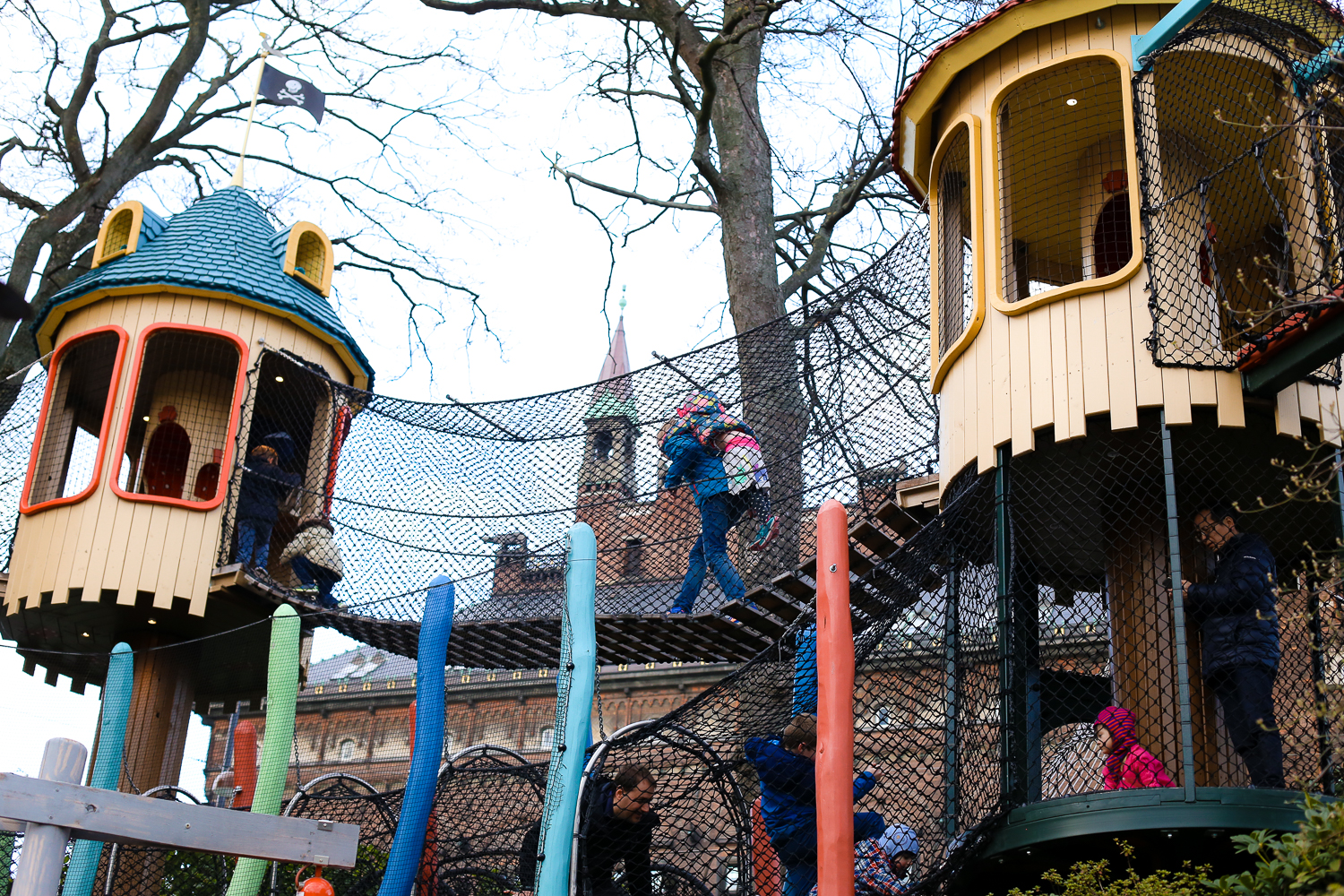 The playground is based on the Danish cartoon figure of Rasmus Klump and I confess I don’t know much about him other than the fact that he is a large bear that wears very large overall pants, which they actually have “drying” on the clothesline outside of the park. But like most Danish playgrounds, the structure is full of nets and climbing structures and uneven surfaces that are so typical of playgrounds here, all helping for kids to build balance. The photos aren’t crooked – it’s the playground that is! Interestingly, this playground is actually one of the only parks I’ve seen here that has a “soft” flooring structure (most parks here have sand as the base).
The playground is based on the Danish cartoon figure of Rasmus Klump and I confess I don’t know much about him other than the fact that he is a large bear that wears very large overall pants, which they actually have “drying” on the clothesline outside of the park. But like most Danish playgrounds, the structure is full of nets and climbing structures and uneven surfaces that are so typical of playgrounds here, all helping for kids to build balance. The photos aren’t crooked – it’s the playground that is! Interestingly, this playground is actually one of the only parks I’ve seen here that has a “soft” flooring structure (most parks here have sand as the base). 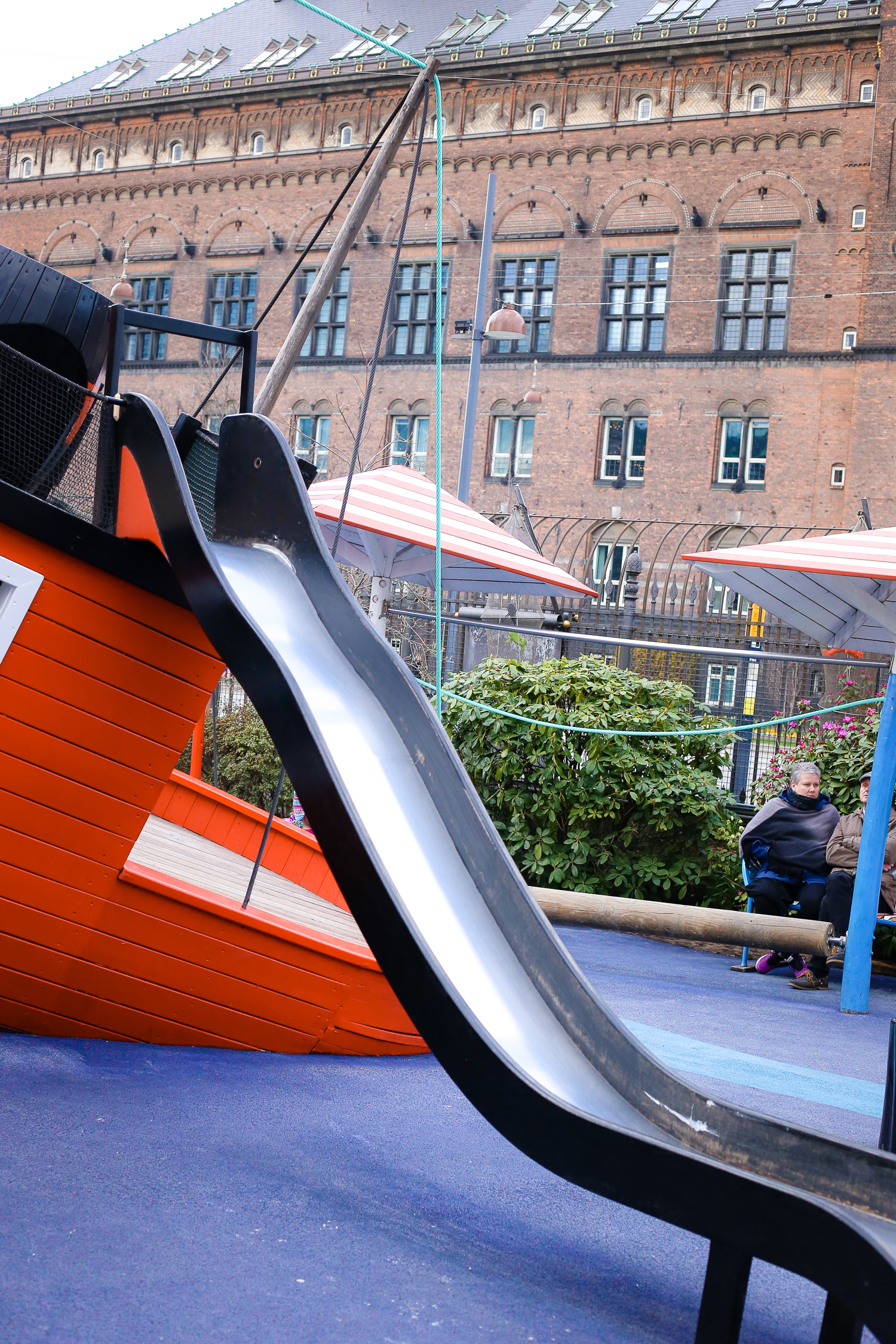 The playground is also full of surprises, lovely ones. Like the area of musical instruments…or the fountains that turn on and “jump” from tower to tower when you’re walking in… or the various portholes and escape routes from the wooden structures. It’s always nearing evening when we come so the light is no longer great for photos but hopefully these few give you an idea. I promise I’ll head back to try and catch a few more. It’s a great place to take a break from some of the main attractions of the amusement park and the sensory overload that children can get there after a certain point. Sometimes, it’s the most classic and familiar thing, like a playground, that help ensure that children have a wonderful time.
The playground is also full of surprises, lovely ones. Like the area of musical instruments…or the fountains that turn on and “jump” from tower to tower when you’re walking in… or the various portholes and escape routes from the wooden structures. It’s always nearing evening when we come so the light is no longer great for photos but hopefully these few give you an idea. I promise I’ll head back to try and catch a few more. It’s a great place to take a break from some of the main attractions of the amusement park and the sensory overload that children can get there after a certain point. Sometimes, it’s the most classic and familiar thing, like a playground, that help ensure that children have a wonderful time. 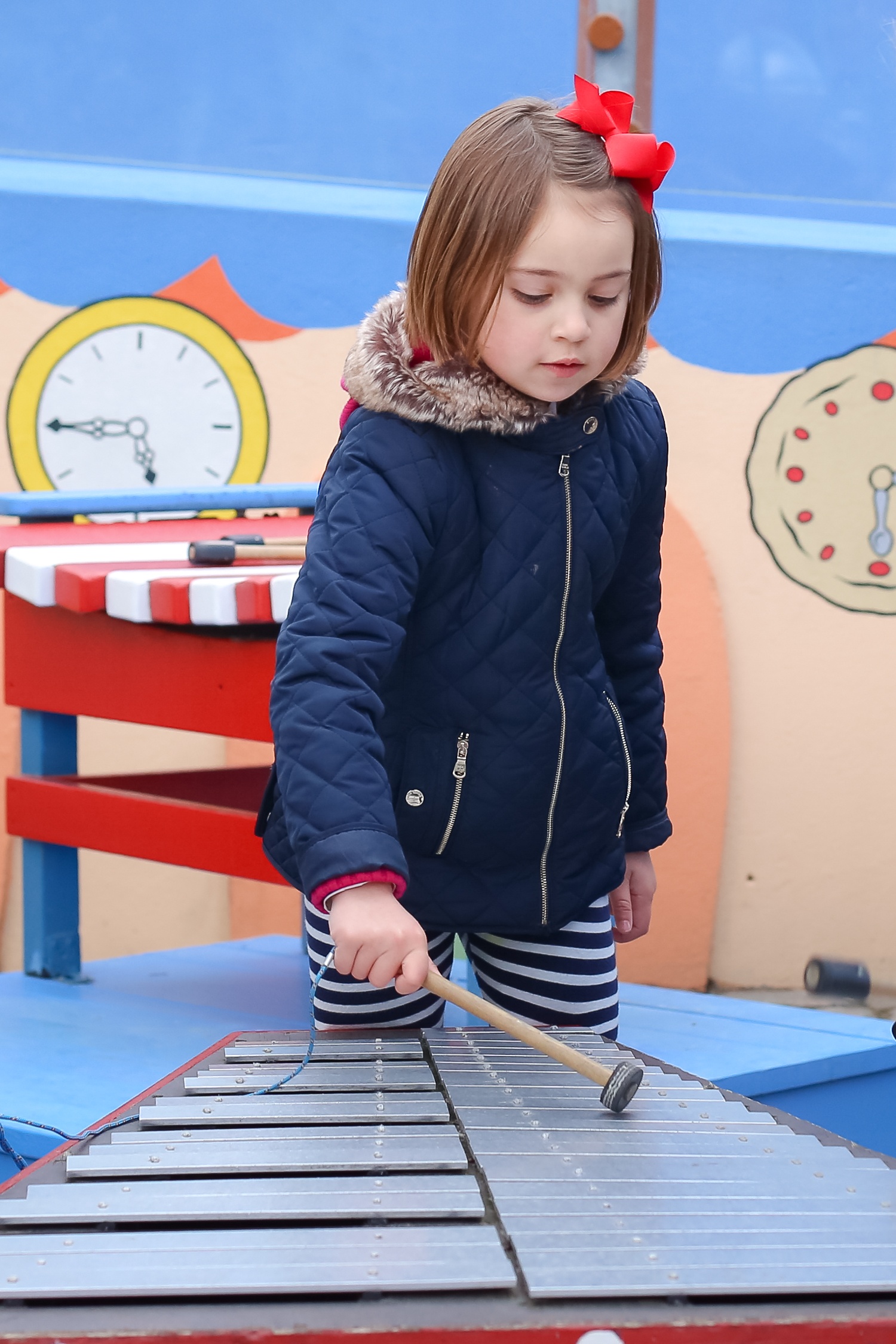
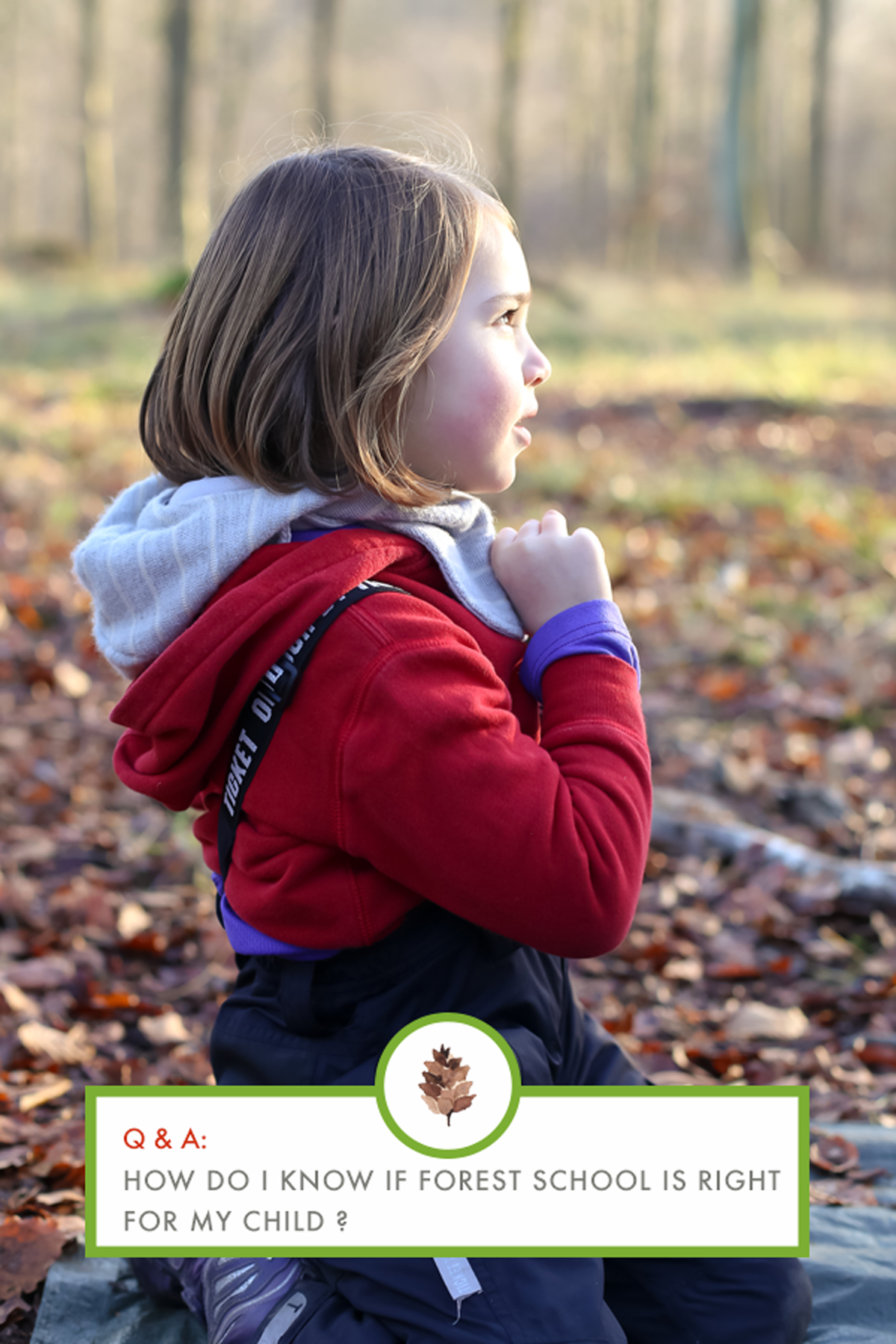 When we chose forest schools for ourselves, there wasn’t much information out there as to what it even was, or how it worked, especially in the Danish context. I went with it, trusting my gut and wanting to at least give it a try. But having been in it now for awhile, and getting lots and lots of emails from parents considering the same, I wanted to pull together the “screens” we used and we often give as advice, because it can feel like a really big decision, and it isn’t always easy. I actually wrote them all up in the
When we chose forest schools for ourselves, there wasn’t much information out there as to what it even was, or how it worked, especially in the Danish context. I went with it, trusting my gut and wanting to at least give it a try. But having been in it now for awhile, and getting lots and lots of emails from parents considering the same, I wanted to pull together the “screens” we used and we often give as advice, because it can feel like a really big decision, and it isn’t always easy. I actually wrote them all up in the 